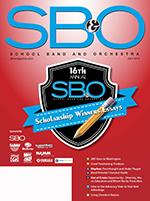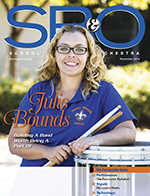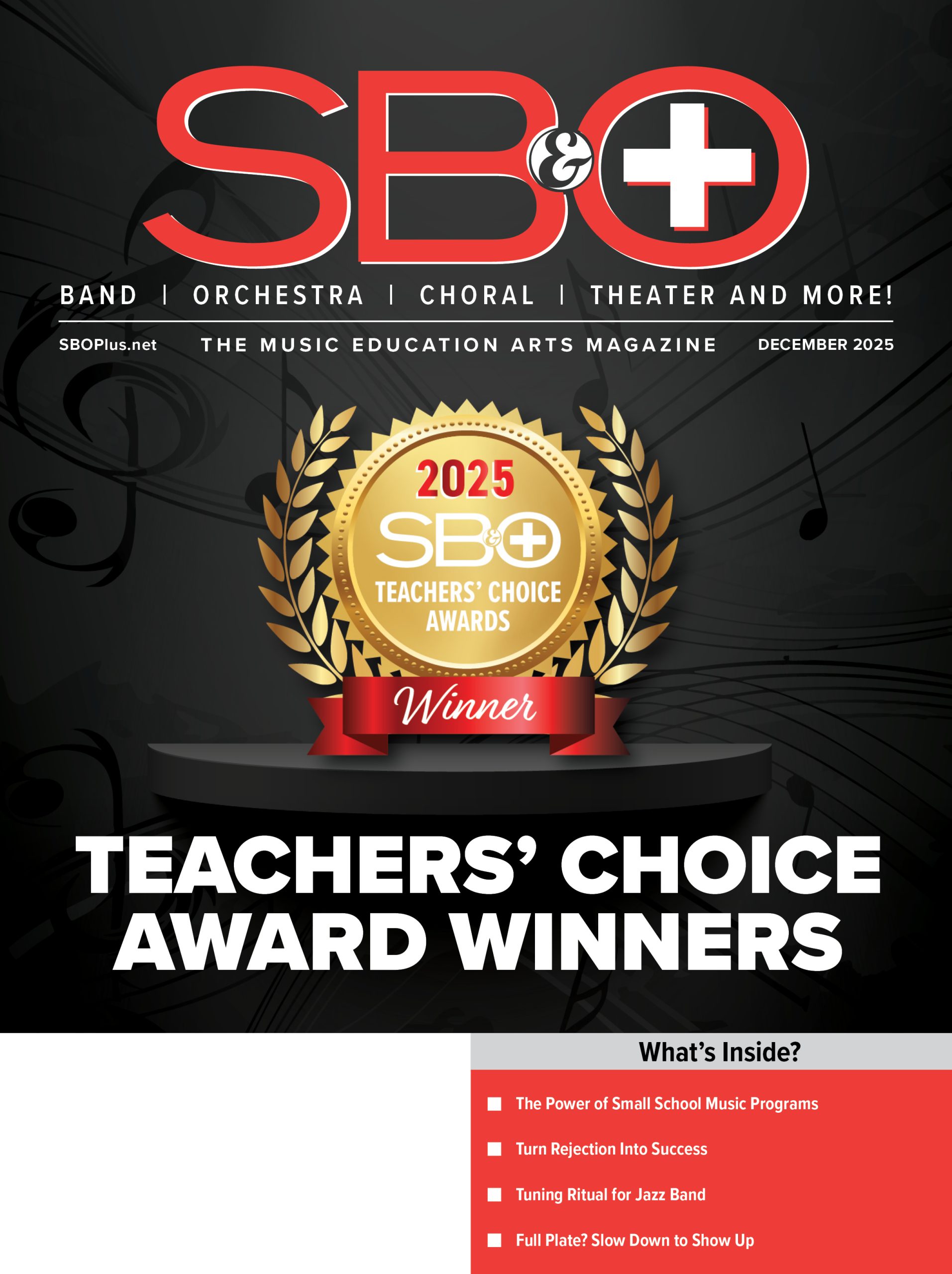Arranging music for strings requires an awareness of the spacing of the harmonic series, a grasp of counterpoint (imitation and canon), and an understanding of a variety of bowings and string effects. String students enjoy playing in sharp keys (G, D, A, and E) as they find these keys technically easier to play in than the flat keys. Playing in sharp keys is also more resonant for the strings. The typical school orchestra is likely to be deficient in violas and cellos. Therefore, it is recommended that the viola part be written in treble clef for the third violins.
Approach to Scoring
When scoring for strings, the parts should be readable, melodic (singable), and rhythmically interesting. Young string players need to be instructed and reminded when, and when not to slur when and where to shift positions, and whether to use an open string or the fourth finger.
The first violin part should remain in first position most of the time, except for an occasional shift to third position. The cellos shouldn’t include a tenor clef, and the second violin part should be less difficult than the first violin part.
When arranging a well-known classic, the melody and the harmony part should not be changed, though the inside voices may be altered to make them easier to play and sometimes a change of key is advisable.
The following is a chart that list notes that can be problem for string players.

Rimsky-Korsakov in his “Principles of Orchestration” describes the top string of each instrument:
Violin-brilliant, Viola-Biting and nasal, Cello-chest voice, Bass-penetration.
Below is part of an arrangement of “Wayfaring Stranger” for string orchestra that I completed a few years ago. Observe the use of imitation between the violins and the violas and cellos. Notice that the basses are omitted, as they would create too heavy a sound for two musical lines.























